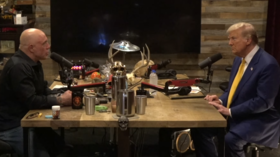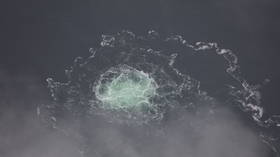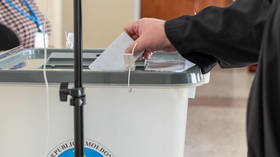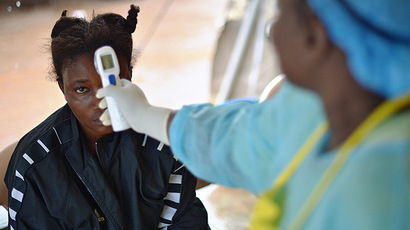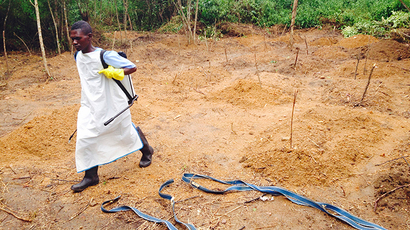New hotbed of Ebola found in Congo as serum-treated doctor dies
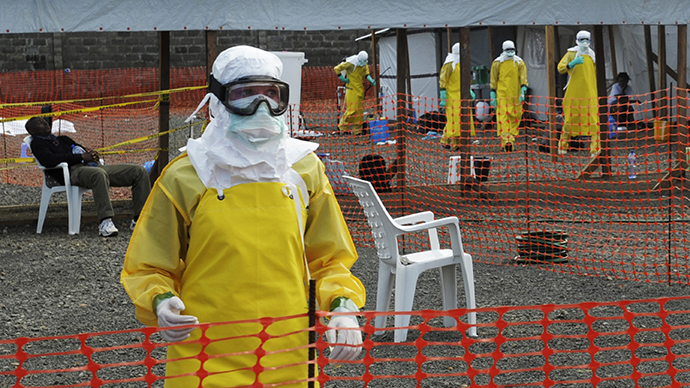
Officials from the Democratic Republic of Congo (DRC) say that a second, separate outbreak of the deadly virus has occurred in the country. Meanwhile, a Liberian doctor treated with an experimental serum against the illness has passed away.
DRC Health Minister Felix Numbi said that two of eight people who
died from a “hemorrhagic fever” last week have been diagnosed
with a strain of the disease in postmortem lab tests. The death
toll of the sudden epidemic in the country’s Equateur province
has reached 13 in total.
"This epidemic has nothing to do with the one in West
Africa," said Numbi. "The experience acquired during the
six previous epidemics of Ebola will contribute to the containing
of this illness.”
DRC, then Zaire, was where the virus, which eventually kills
patients by literally liquefying their organs, was first
discovered in 1976. Numbi said that medical cordons have been
erected around the town of Gera, where the patients were
identified.
According to the World Health Organization (WHO), more than 1,400
people have died in the current West Africa outbreak, which may
have started as far back as 2013 - more than the entire death
toll of all the previous recognized epidemics put together. A
report from the WHO last week said that the actual number of
those infected, which stands at over 2,600, is likely to have
been substantially underestimated.
In the meantime, one of a handful of people to be treated with
the experimental ZMapp serum has died.
The Liberian Abrahim Borbor, a senior doctor at the Monrovia JFK
hospital where dozens of staff have been infected, deceased on
Monday. He was one of three Africans treated with the US-made
pharmaceutical substance, but the fate of the others remains
unknown.
Previously, ZMapp was hailed as a potential cure for the illness,
after two American missionaries beat Ebola, which has a 47
percent survival rate, after being given the drug. A 75-year-old
Spanish priest treated with ZMapp died last week.
While the success rate seems to give lie to the idea that it is a
catch-all wonder drug, further live experiments are not imminent,
as the drug manufacturer, Mapp, says it cannot produce more
portions of the serum for months.
On Monday, Japanese company Toyama Chemical offered its own
alternative antidote to the viral illness, a new anti-flu drug
favipiravir. The WHO has encouraged manufacturers to re-purpose
existing drugs to fight Ebola, and the Japanese pharmaceuticals
makers, which is a subsidiary of Fujifilm, says that it is in
possession of sufficient stocks to treat at least 20,000
patients.
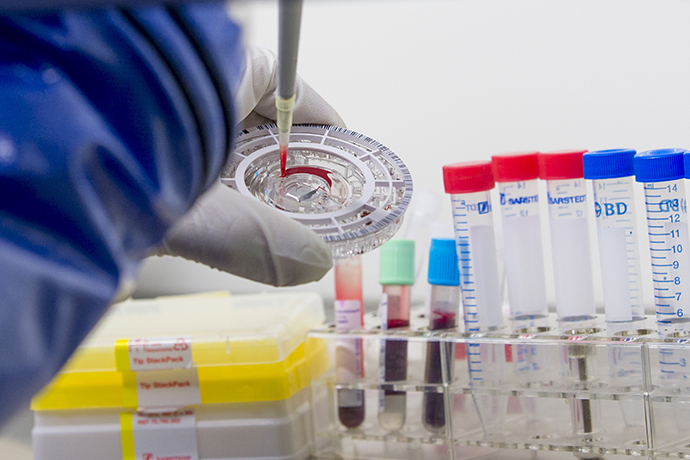
Conversely, the efficaciousness of favipiravir depends on the
similarities between the biological spread mechanisms of flu and
Ebola and previous trials on mice, but no certified research on
humans.
Guinea, Liberia, Nigeria and Sierra Leone, which have borne the
brunt of the infection, continue to be subject to border closures
and flight cancellations from their African neighbors. In theory,
the measures are introduced to impede the spread of Ebola, but,
on Monday, David Nabarro, the UN official in charge of fighting
the disease in Africa, said that the cancellations made his job
“a whole lot harder."
Nabarro predicted it will take another six months for the
epidemic to subside.
The UN says that the reasons for why the disease continues to
flourish concern both doctors and patients in West Africa.
Relatives of those infected hide them or claim other illnesses to
avoid being shunned, and refuse to transport Ebola victims to
hospitals, fearing that they are “incubators” of disease. Many
also practice burial rites that propagate the disease.
The doctors and nurses – more than 240 of whom have been
diagnosed with the disease – suffer from shortages of gloves,
masks and other protective equipment, and also forego safety
procedures when dealing with patients, largely due to the fact
that they had not been previously exposed to the illness, which
had never been found in the region before.



